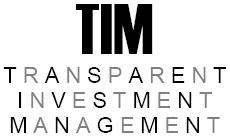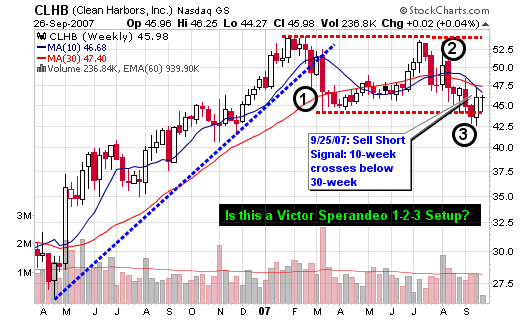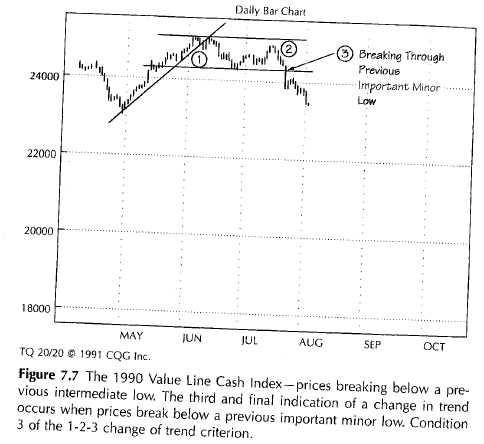I don’t know about you but I love books, especially books about the stock market. I frequently ride the train from New Jersey into Manhattan (New York) so I am always on the lookout for new and/or interesting material. Any of the books below would make excellent holiday gifts or stocking stuffers.
Enjoy!
Start with these books and then scroll down to view my Stock Market Library:
- Think and Grow Rich – Napoleon Hill
- The Richest Man in Babylon
- A few Recommended Business Books
- A few Recommended Self Help Books
An Excellent Stock Market Gift List:
Learning about Stocks (Fundamental and Technical Principles):
System Development and Market Psychology:
Great All-around Reads:
All Others:




Connect with Me